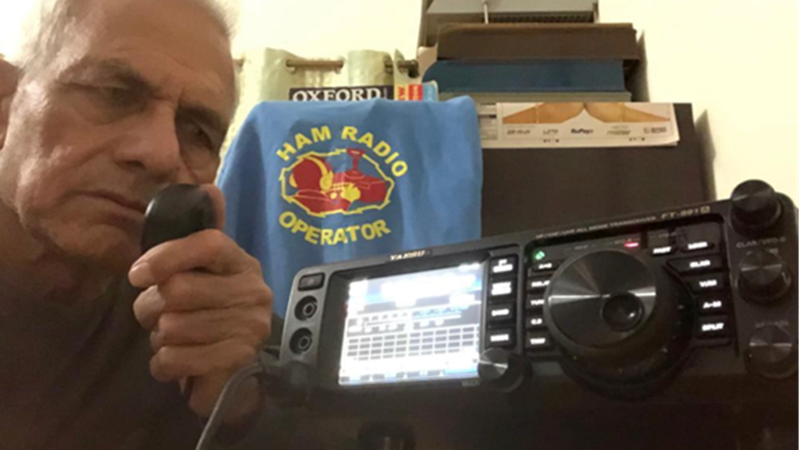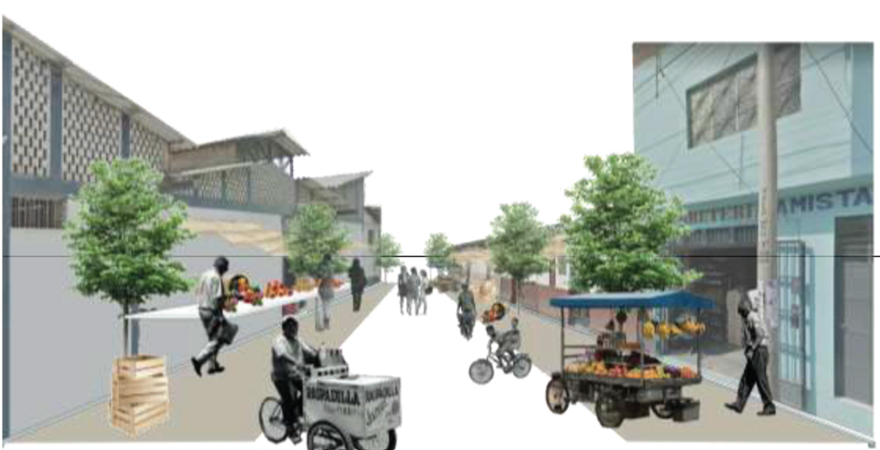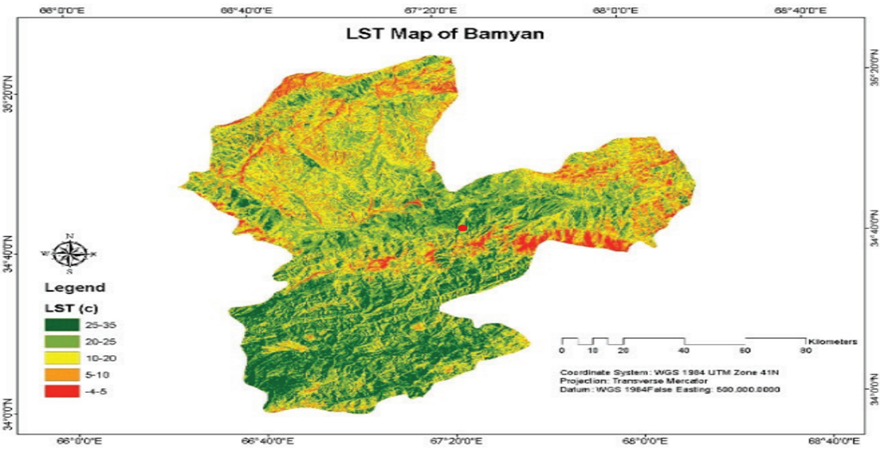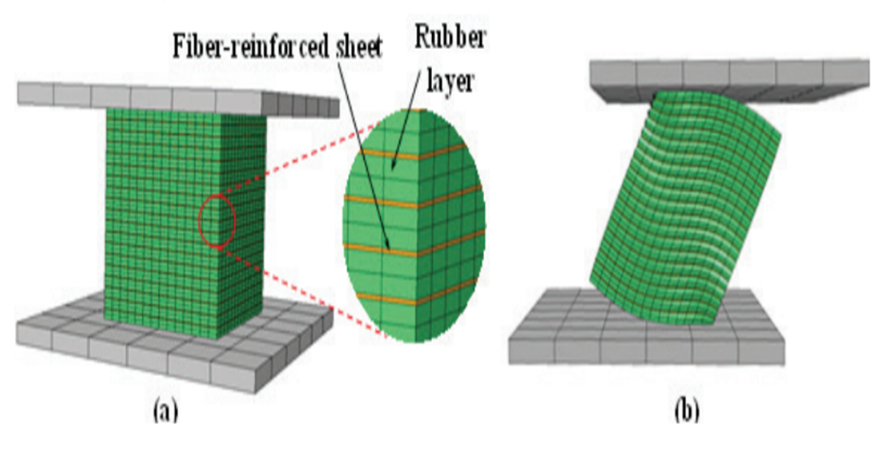- +91-11-4044-5999
- info@cdri.world
-
Copernicus Marg, New Delhi, INDIA
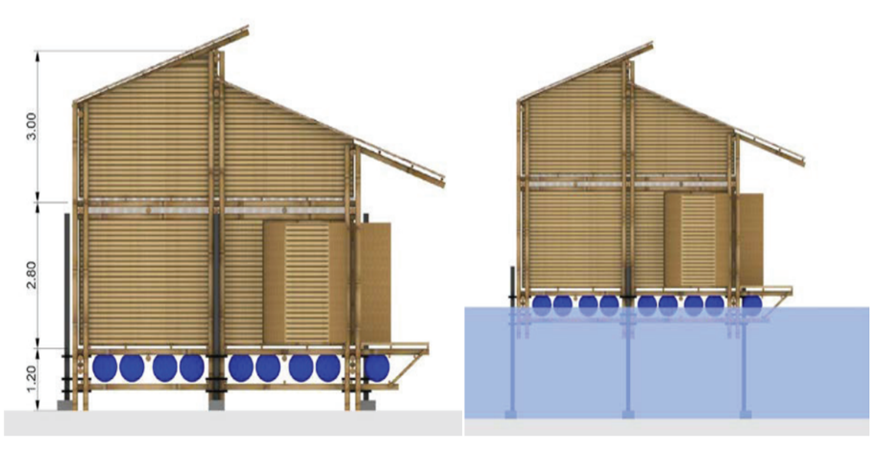
Flood-resilient floating community housing
Mr Shuja Rehman
M.Arch (Building Services) Jamia Millia Islamia, New Delhi, India
Mr Sridhar Subramani
Masters in City and Technology, IAAC, Barcelona, Spain
Abstract: Constant seasonal flooding in the north-eastern delta region affect people’s houses and livelihood. This problem is seen in various regions of India but very few measures have been developed to overcome this problem. The solutions that are practiced are short-term and mainly displace people from their place. Human settlements have always been found near the river. Earlier, these settlements that lived near the rivers had the capacity to tackle floods as a disaster. The Mesopotamia settlements have lived on water and managed to tackle floods as a surviving factor. The problem of floods in the north-eastern region is due to River Brahmaputra as it causes floods along its course. The major effects can be felt in the rural part of India. Due to these floods, people live on the roads as they are at a higher height or move to high areas. Once the floods recede, people again move to their same place. Frequent floods have made people to adaptive to water but no infrastructure are in place to help them in their plight. People manage transportation through boats. However, there is no electricity at night and people face other problems. Floods cut off these people from the world. To address this natural disaster at a community level, one has to design infrastructure that can combat this natural disaster as it can against any other disaster. The research proposes the idea of a Floating or Amphibious house that can begin to float at the time of floods. These houses will be self-sufficient in terms of energy and sustenance. These can withstand independently without the need for external agencies. The material for these houses will be light in weight and be able to withstand natural calamities and be able to suffice human needs. These houses, in general, will be energy neutral and every service will be provided individually along with community-level services of collective sewage pots, etc. During the disaster, these houses will float and will remain intact in the same place. The energy cut during the calamities will not affect these houses since these houses will be self-sufficient and self-reliant. The natural water drinking area will also be floating and provide clean water at the time of disaster. In India, many rural and urban areas face floods, but the proper infrastructure is not available be it in terms of physical, ecological or social.
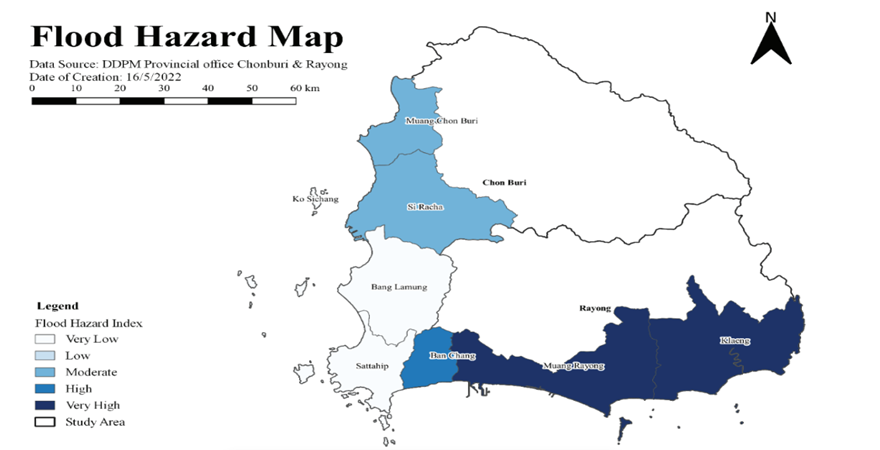

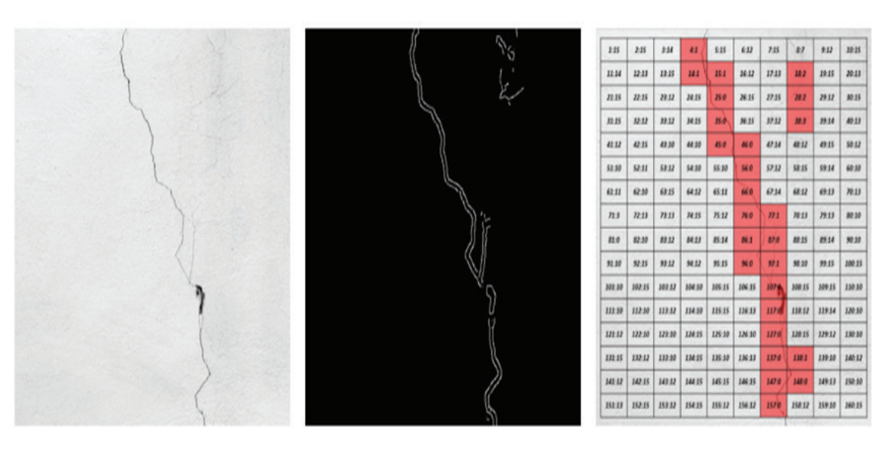
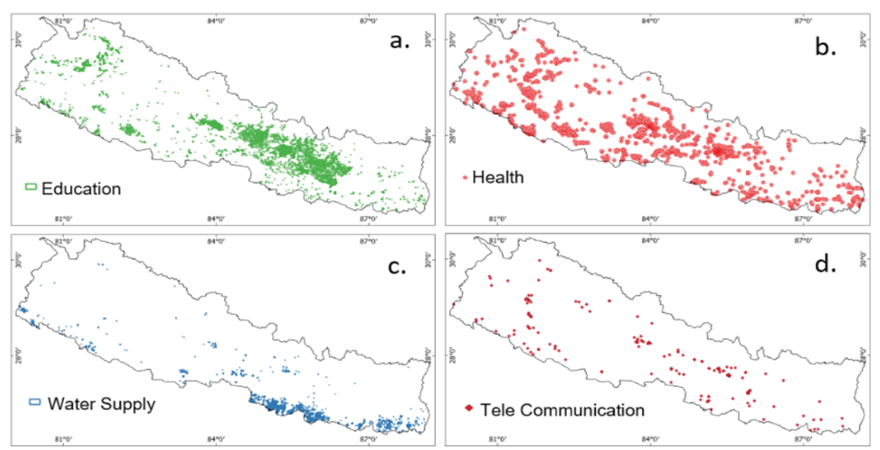
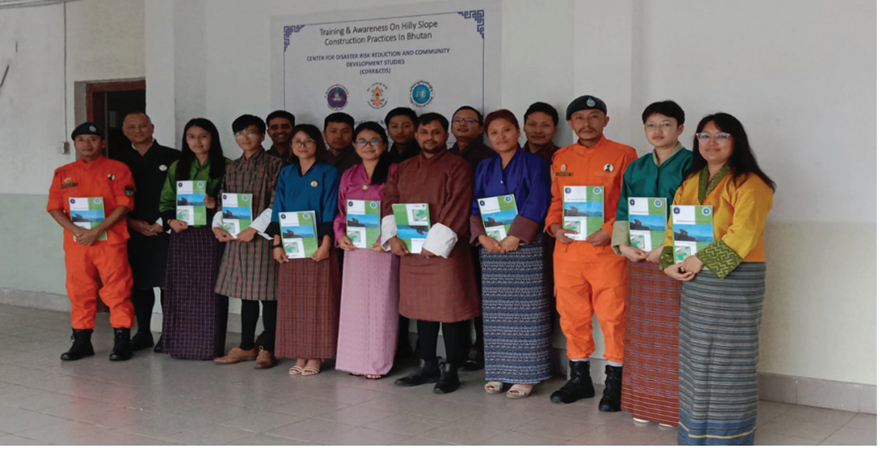
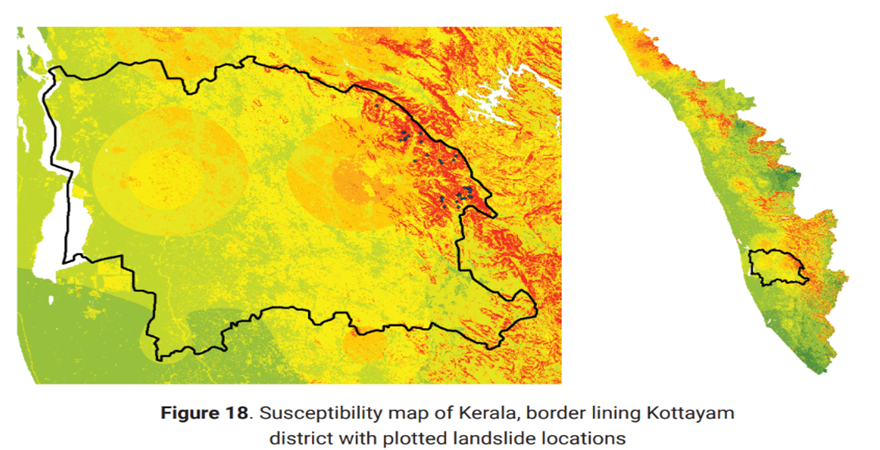
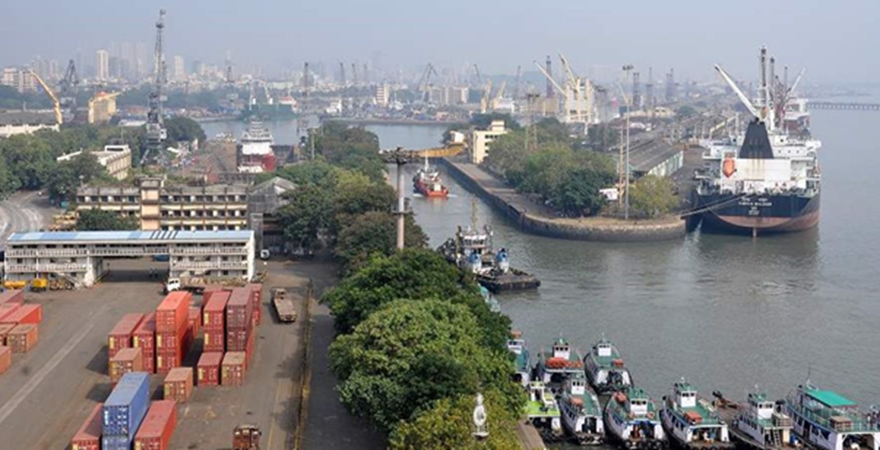
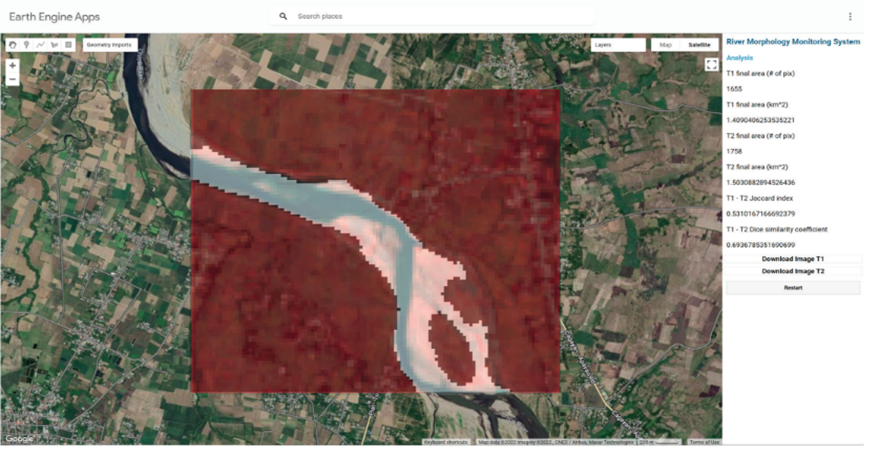
.png)
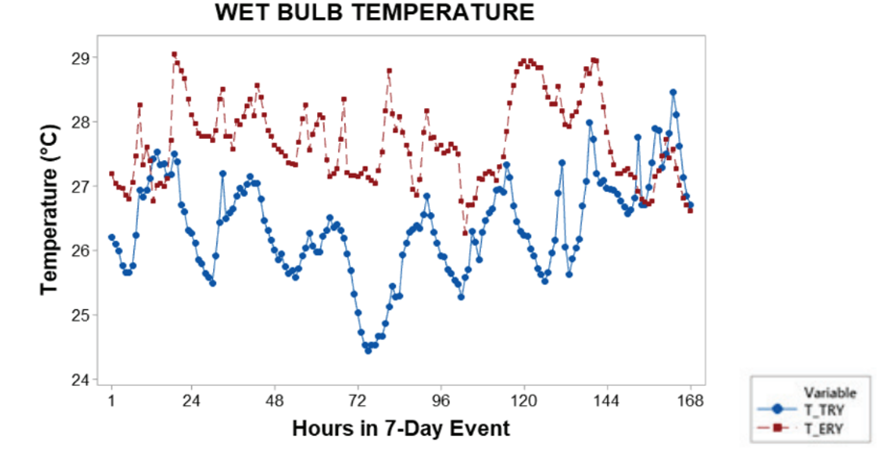
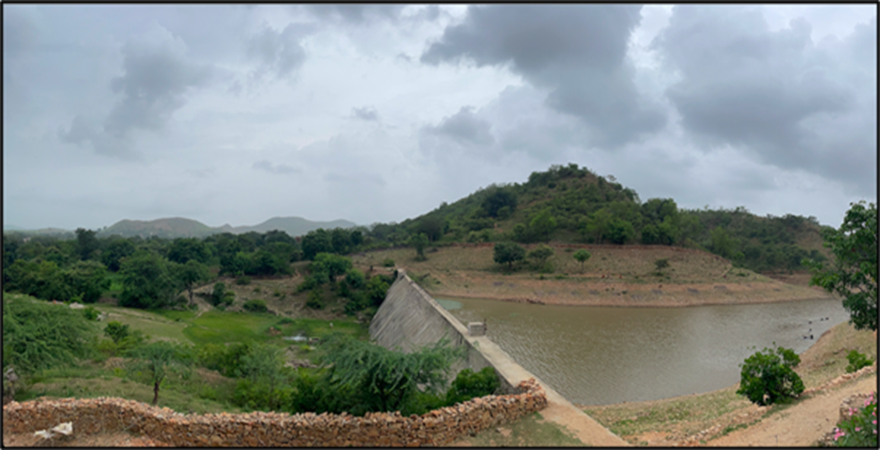
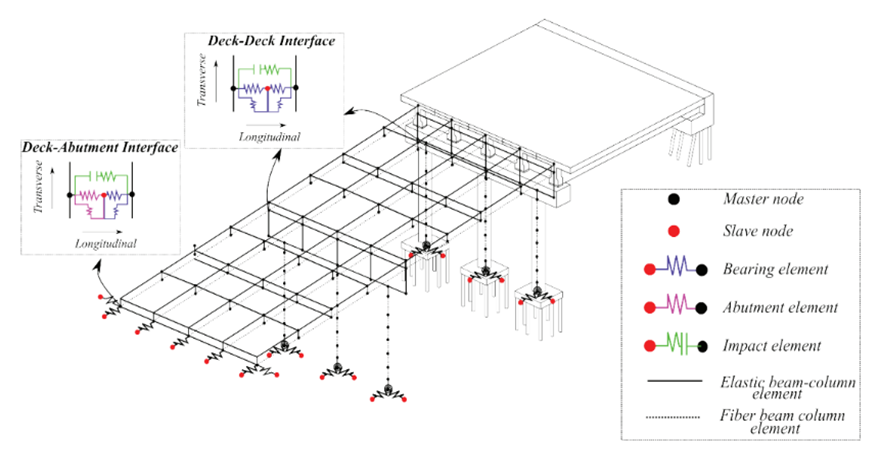
.png)
, nepal.png)
